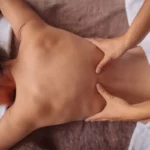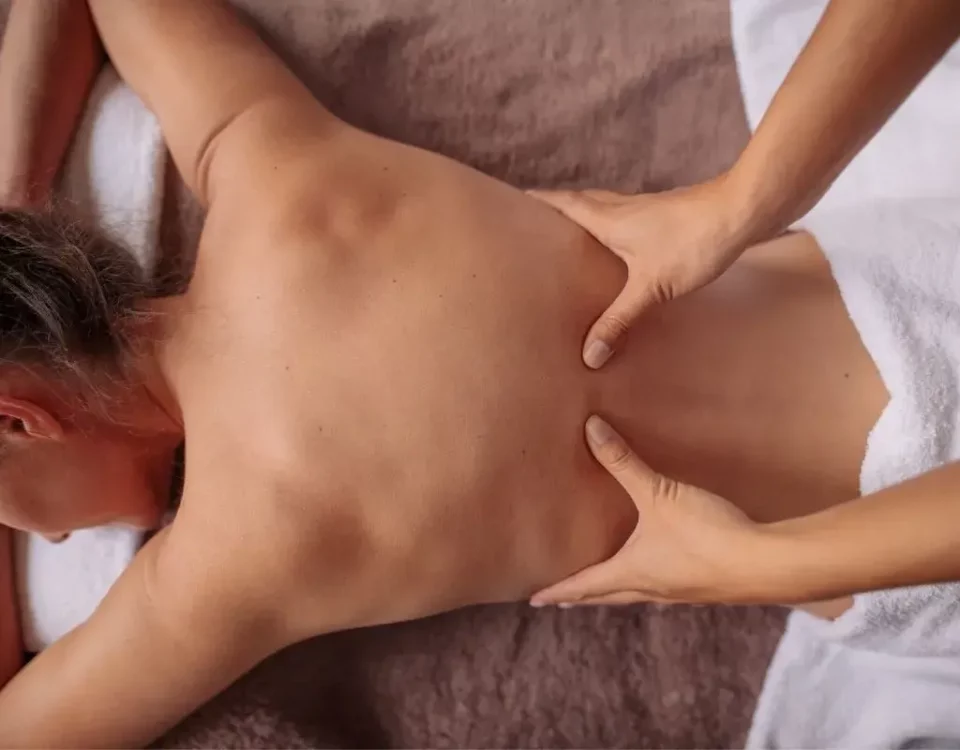
The Precision of Deep Tissue Massage Techniques Unveiled
April 17, 2024
In-Depth Analysis: Deep Tissue Massage Strokes and Methods
April 17, 2024The art and science of deep tissue massage, a discipline steeped in nuanced technique and precise application, has been honed over centuries, offering remarkable potential for pain relief and relaxation.
However, the precise execution of these techniques is still a subject of debate among practitioners and scholars in the field, begging for a deeper exploration and understanding.
This discourse will aim to demystify the precision involved in deep tissue massage techniques, discussing the fundamentals, the mastery of pressure application, and the potential impact these factors have on the effectiveness of the therapy.
As we navigate this complex terrain, we invite you to join us in this journey of discovery that could transform your perspective on this widely used therapeutic practice.
Fundamentals of Deep Tissue Massage
Typically, the fundamentals of deep tissue massage revolve around the application of firm pressure and slow strokes to reach deeper layers of muscle and fascia, the protective layer surrounding muscles, bones, and joints. This technique is recognized for its potential to alleviate chronic muscle tension, aid in injury rehabilitation, and promote overall physical wellness.
A well-versed practitioner will use their fingers, thumbs, fists, elbows, and even forearms to apply the necessary pressure. They focus on strained areas, moving against the grain of constricted muscles and tendons to dismantle knots and tension points. Although deep tissue massage can cause slight discomfort, the pressure should never cross the fine line into pain. Open communication between the therapist and client is crucial to maintaining a healthy, beneficial session.
In terms of frequency, each individual’s needs will differ, but regular sessions can lead to improved muscle function and increased mobility. Deep tissue massage is a fundamental instrument in the toolkit of holistic health approaches. It’s not just about physical relief; it’s about fostering a sense of belonging within your own body, understanding its needs, and nurturing its well-being.
Mastering Precision in Pressure Application
Achieving expertise in deep tissue massage necessitates a mastery in the application of pressure, ensuring it is accurately targeted and consistently maintained throughout the session. This involves a keen understanding of the human body’s musculature, the ability to perceive subtle changes in tissue texture, and the skill to adjust pressure accordingly.
Precision in pressure application is not just about the amount of force exerted. It’s about the right amount of pressure, at the right location, for the right duration. Too much pressure can cause discomfort or even injury, while too little can render the massage ineffective.
Mastering precision involves developing a sensitive touch and an intuitive sense of your client’s comfort levels. Regular practice and continuous learning are crucial. Techniques such as slow strokes, direct pressure, and cross-fiber friction require precise control and can be honed over time.
It’s also essential to communicate with your clients, as their feedback can guide your pressure application. Remember, deep tissue massage is not about causing pain, but releasing tension and promoting healing. So, as a practising therapist, strive for precision in pressure application – your clients will appreciate the difference, and you’ll stand out in your field.
Conclusion
In summary, the precision in deep tissue massage techniques is akin to a masterful dance between the practitioner’s hands and the patient’s body.
This precision, characterised by controlled pressure application and deep understanding of the body’s structure, is the linchpin in ensuring the efficacy of this therapeutic approach.
Hence, mastering this art form not only elevates the practice of massage therapy but also significantly improves the overall health and wellbeing of patients.
Read More:





